A Calendar Islands 18 showing off its lines.
Many of our kits use a hybrid system of Tab-n-Lock, glued-lapstrake, and tack-and-tape construction. Glued lapstrake is sometime regarded as harder to do than stitch-and-glue construction - but while it may require tool use and a couple other boat building skills, it is quite easy once you have seen it done. We are working on videos to show the technique, but the process is thoroughly described with photos in the boat manuals. A great way to learn about this is in our workshops. We have a a great class called Boatbuilding 101. In only 3 days, we cover the methods that I am discussing in these blog posts. Stay tuned for next year’s class schedule on our workshops and classes page.
Some of the main advantages of Glued-lapstrake kit construction are:
Self-fairing of the planks creates superb lines on the boat. The overlaps follow each other and help make very sweet, flowing curves around the hull without relying on extra molds.
Because of the stiffening and strengthening effect of the epoxy-glued laps, the amount and size of the internal structure required is way less, saving, time, money, and weight.
You get to learn some skills using a block plane, rabbet plane, and fitting the joint.
Very little epoxy is required, just enough in the joint to get squeeze out and sometimes a fillet on the edge.
No fiberglass is required - this is a very clean way to build a boat - no mess!
Very little sanding on the planking thanks to the lack of fiberglass.
The lapped joints act as longitudinal stringers and add a lot of structure to the boat without making it heavier - glued-lap boats are quite light as a result and make a clean interior.
Lapstrake hulls have a way of catching the light, creating shadow lines which make them very beautiful.
Some say that the laps help provide some lift to the hull underwater, reducing resistance and also knocking down waves that try to climb the side of the hull.
Traditionally lapstrake construction is more advanced, but in our innovative kits, a lot of the hard stuff is taken care of allowing people to do the easy, fun part: making shavings and sculpting the lines of their boat with precut planks!
You can see what I mean here, how the laps create shadow lines that accentuate the shape of the hull. This is why light colored hulls are sometimes nicer than dark colors on lapstrake hulls.
Only the Ilur and Drake rowboats are pure glued-lapstrake plywood - the St Lawrence River skiff kits will also be lapstrake when those are out. Most of our boats, like the Calendar Islands, the KDI, the Deblois St Dory, and other Vivier boats use a hybrid of glued-lap and what we call Tack-and-Tape construction on the bottom. That will be the subject of the next post.
